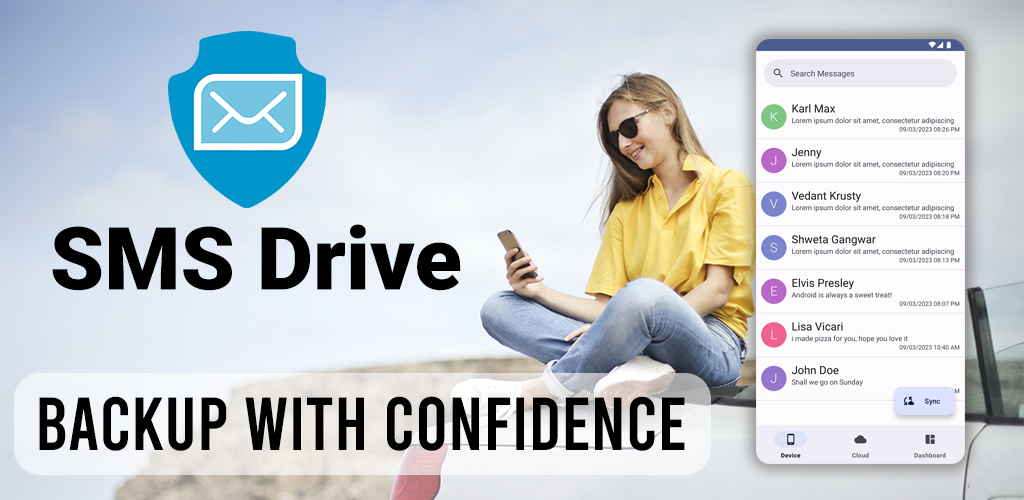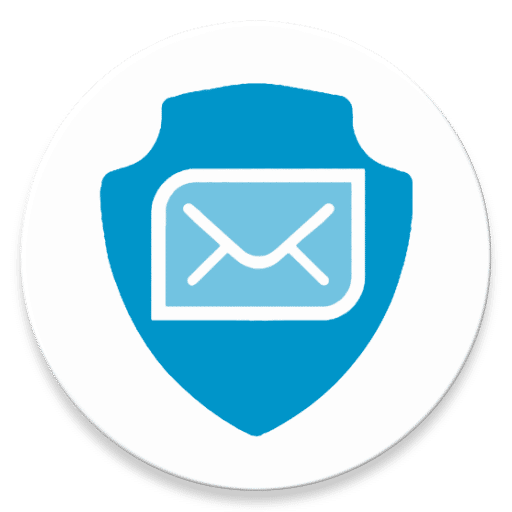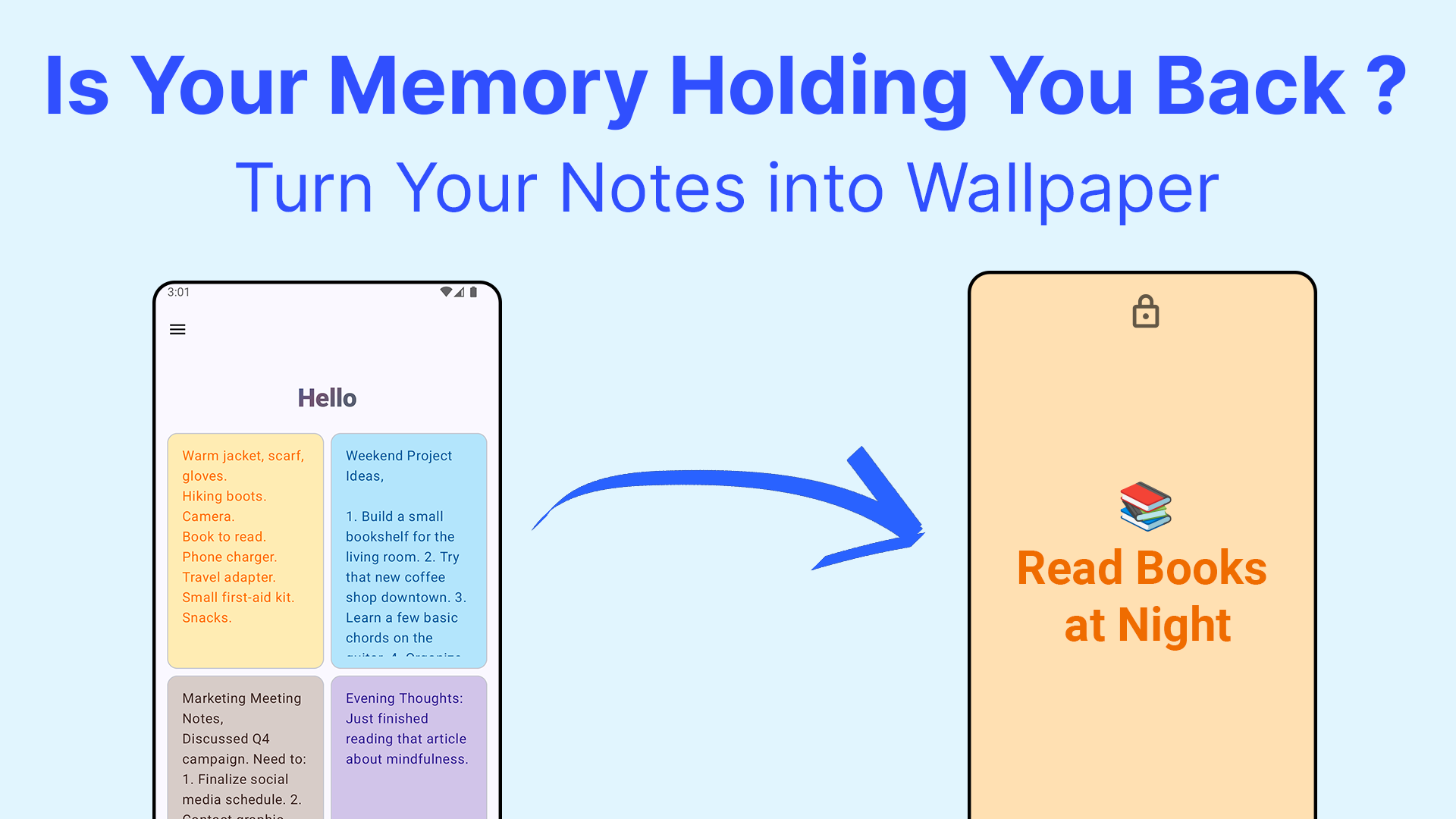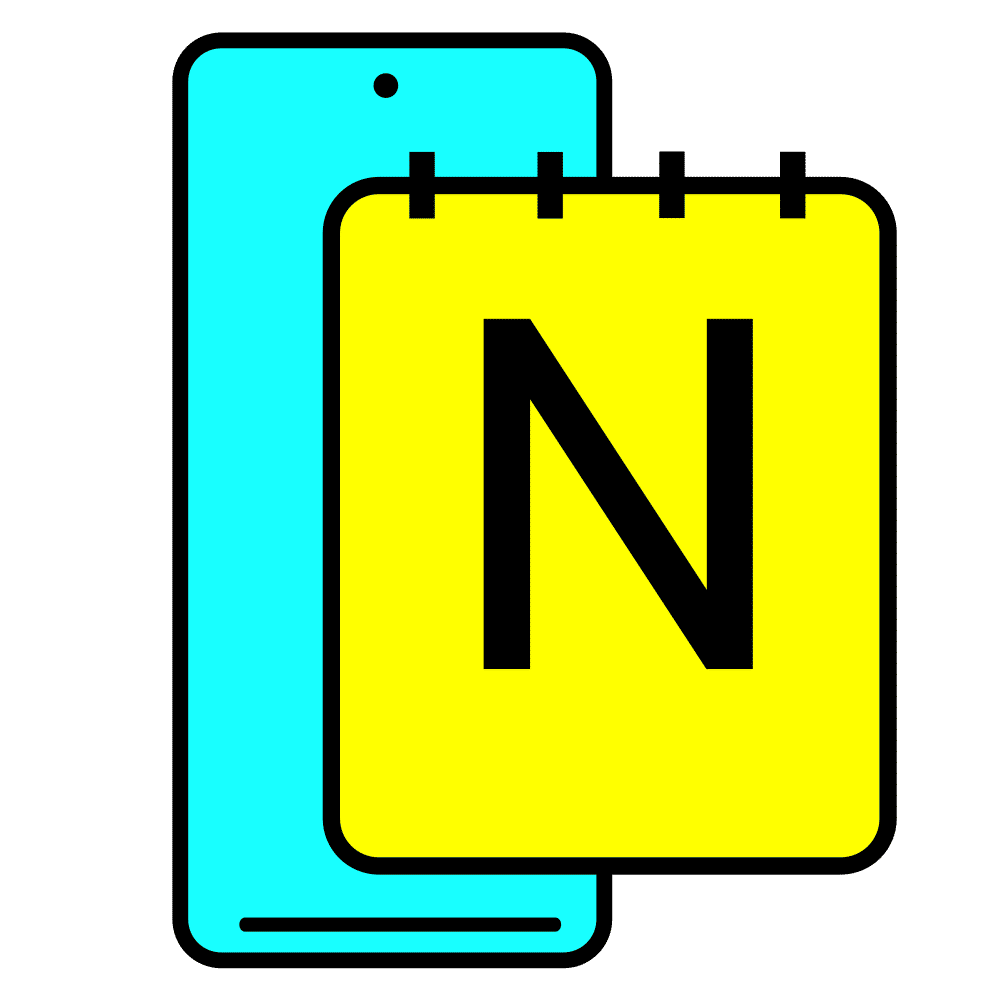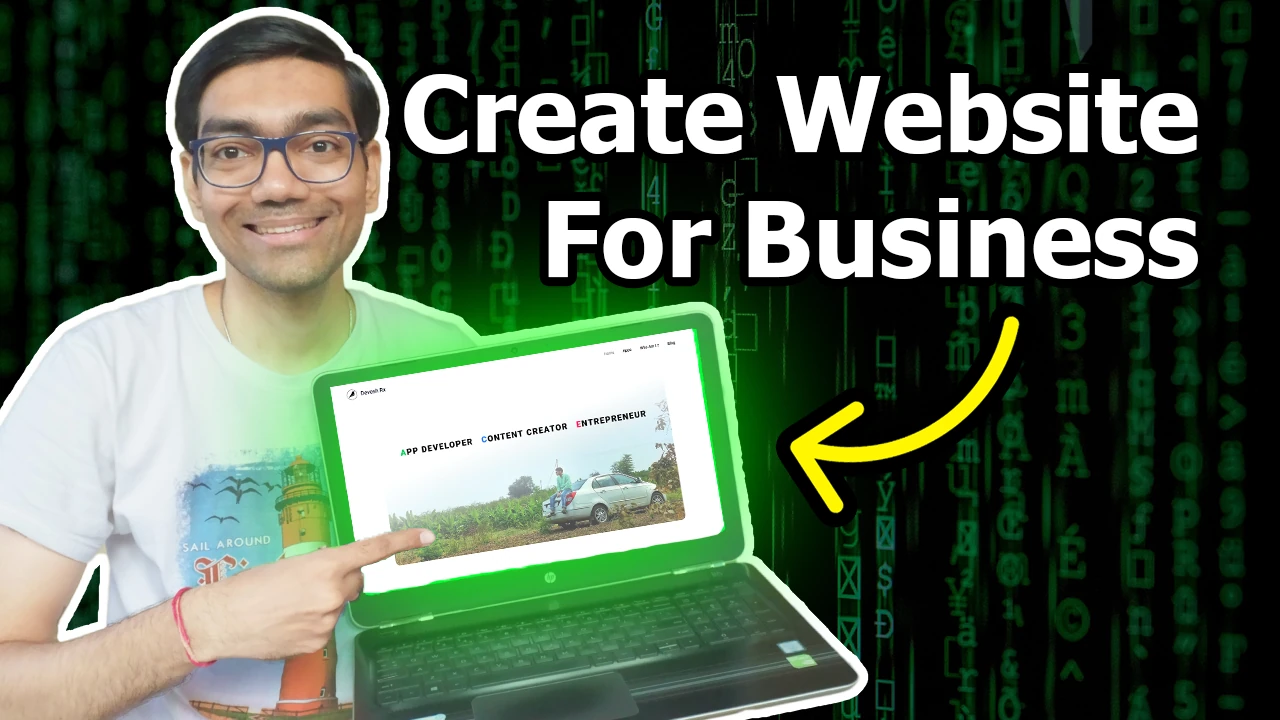
So, you want to start a business?
The first step always starts with purchasing a Domain & creating a website. It does not matter which business you are starting; without a website, you can’t run a business.
Today I’m going to teach to step-by-step journey to create your own website from scratch without burning money on shady freelancers.
This will not be a technical heavy article as i have simplified the entire process so that you will get a decent Overview as a business owner.
I have 10+ years of experience in developing android apps, games, landing pages, & websites for my own business. So just like you, even I was once a beginner, & every beginner has these 3 common questions,
- How to Create a Website ?
- Where & How to Host a Website ?
- How to pick & purchase a Domain ?
How to Create a Website ?
Let’s start with 1st question, how to create a Website ? And yes, knowledge of coding will help you in building a website, but it is possible to build a website using website builders, which are no-code tools, just drag-n-drop elements on a page, like Wix, Squarespace, WebFlow etc.
There are more than 1000 methods to build a website; there is no such thing as a wrong method. It depends on your requirement & budget.
I have simplified it for you; everything boils down to these 3 methods or pathways to build a website:
- Web Frameworks
- CMS
- Website Builders
Web Frameworks
Web Frameworks such as Next JS, Astro, Larval, Gatsby etc, are professional tools for web developers who can write code. Using web Frameworks for building websites will give tremendous power & flexibility. You can build any website or web app, such as an e-commerce store, a SaaS platform, social media, a Rental or ticket booking site, and many others.
And yes, you will need knowledge of coding, at least the basic knowledge of HTML, CSS, JS, and you have to master at least one web framework. My suggestion will be master Next JS & Astro, which is popular & very easy to learn.
CMS (Content Management System)
CMS Stand for Content Management System, it is a web framework made to create, manage & organise large content data. Many large news sites and blogs use it.
The most popular CMS is WordPress. You can build websites, blogs & e-commerce stores using WordPress. The advantage of using CMS is that you don’t need knowledge of coding; even without coding, you can build a professional blog. It’s mostly drag-and-drop elements on the page if you use plugins like Eliminator in WordPress. but if you learn coding, then you can do more advanced modifications like building your own wordpress themes, creating plugins etc.
Website Builders
Next is website builders, using website builders is the most the easiest method to create any website or landing page. All you have to do is pick a website builder that is suitable for your needs. For example, if you want to build a blog, then Wix , WordPress.com, Weebly, and Square space are popular; for landing pages, WebFlow, Framer are popular, and for e-commerce, shopify is popular.
There are many Website Builders available on the market. Pick wisely depending on your budget & requirement.
The biggest advantage of using a website builder is that it’s very easy; you can build a website in less than 24 hours.
The biggest disadvantages of using website builders are that you have to pay for their subscription, which increases the overall cost of business. And you do not have access to the source code of the website, which means you cannot use website builders for advance use cases such as SaaS platform or Video streaming sites.. etc.
So among these 3, choose wisely which method or pathway you choose for building a website for your business, depending on your requirements & budget.
My personal favourite is always using web frameworks for build a website or a landing page because it gives more flexibility & power.
Website Hosting
Once you have finished building a website next step is hosting, so where & how to host a website ?
Hosting depends on how you have built the website. If you use website builders, then you don’t have to worry about hosting because all website builders, by default, provide hosting on their own servers.
If you are building a website using a Web Framework or CMS like WordPress, then you will need a hosting server.
For CMS like WordPress, the most popular hosting platforms are GoDaddy, Hostinger, HostGator, Bluehost etc. There slight learning curve here as you have to manage web hosting via the dashboard, and sometimes you have to manually setup the wordpress server.
For Web Frameworks, my personal favourite is Vercel , Netlify & Google Cloud Platform for hosting website or a web app. It depends on which framework you use. If you use Next.js or any JavaScript-based framework, then Vercel & netlify are best. But apart from this, you also have the option to use a VPS (Virtual Private Server), which has been a very popular option for business since the birth of the internet.
you can purchase a VPS from GCP, Linode, Digital Ocean, or any other similar hosting platform. and yes, there is a slight learning curve, so make sure you read tutorials, but I’m sure you will learn it if you put effort.
How to Set Up Domain ?
After building the website & finalising hosting, the next step is choosing the right domain & setup domain.
You can purchase a domain from GoDaddy or any other similar service provider. Before you purchase a domain, there are only two things you need to know:
- Types of Domain
- DNS Setup
There are many types of domains,
- Top-level domains
- sponsored top-level domains,
- country code top-level domains
- generic top-level domain.
But as a beginner, you only need to know the Top-level domain & country-level domain. If you are a local business, then a country level domain like .in, .uk, .us can be an ideal choice. or else you can use a top-level domain like .com.
There are many fancy domain names available too, like .Health, .Store, .XYZ, .club etc.
You can pick any domain depending on your requirement & your business idea.
After deciding domain name, the next step is to learn how to set up DNS so that the domain name is connected to your own hosting server.
Remember that each & every hosting server has its own unique IP Address.
Here is how to set up DNS. After purchasing the domain, you will get access to the domain dashboard, where all the DNS Records are stored.
The purpose of DNS Records is to pinpoint the Domain name to your IP Address of the Hosting Server.
The most common types of DNS Records are:
- A record
- AAAA Records
- CNAME Record
- MX Record
- and many others like TXT
For our Website, A, AAAA & CNAME Records are Essential.
If your IP Address of the Server is IPv4, then use A Record,
If your server has IPv6 then use AAAA Record,
In case you want to forward one domain to another domain or subdomain then you can use CNAME Record.
After setting up the DNS Record, make sure you set up an SSL Certificate for a HTTPS secure connection to your website. You can get a free ssl certificate from cloudflare or Vercel, even the setup of SSL & HTTPS is automatic, you don’t have to do anything.
Some hosting providers provide it for free & some charge you for it; it depends.
Now you are done & you have successfully completed building a website for your business.
~ ~ THANK YOU FOR READING ~ ~

